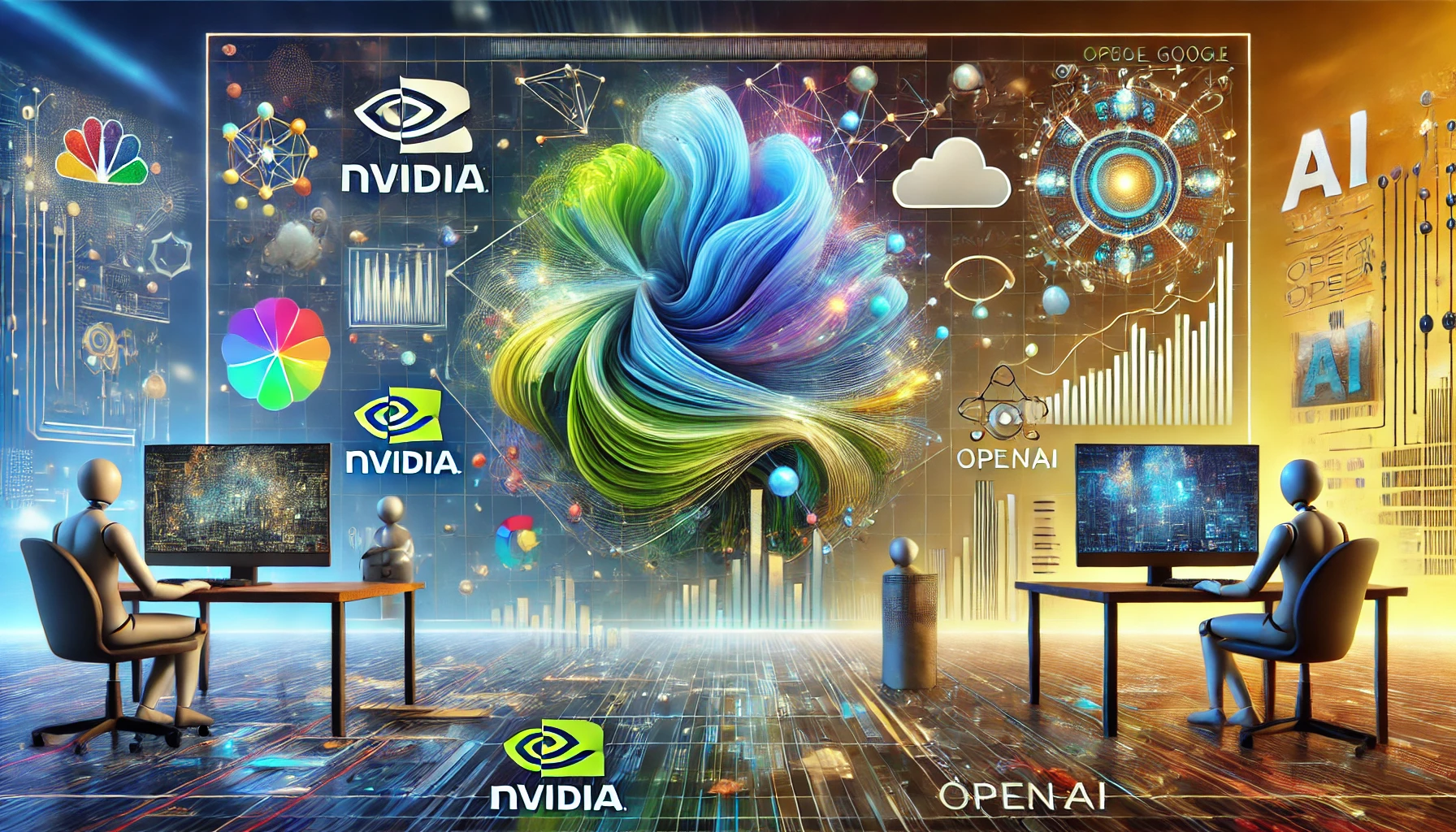As artificial intelligence continues to revolutionize industries, tech giants like Nvidia, Google, and OpenAI are turning to an innovative solution to address one of AI’s biggest challenges: the scarcity of real-world data. By leveraging synthetic data factories, these companies are accelerating the development of AI models and expanding their applications across various sectors.
What Is Synthetic Data?
Synthetic data refers to artificially generated information that mimics real-world data. Created using algorithms, simulations, or generative AI models, synthetic data is designed to replicate the patterns, structures, and complexities found in authentic datasets. It allows researchers and developers to train AI systems without relying on traditional, often limited, real-world data sources.
Why Tech Giants Are Embracing Synthetic Data
- Addressing Data Scarcity: Real-world data can be difficult to acquire, especially in industries with strict privacy regulations or rare events. Synthetic data offers an unlimited and customizable alternative, enabling AI models to learn without constraints.
- Cost Efficiency: Collecting, cleaning, and annotating real-world data can be time-consuming and expensive. Synthetic data generation streamlines the process, reducing costs and accelerating development timelines.
- Enhanced Data Diversity: AI models require diverse datasets to perform well in different scenarios. Synthetic data can be tailored to include edge cases and rare situations, ensuring models are robust and adaptable.
- Privacy and Security: In fields like healthcare and finance, where sensitive information is prevalent, synthetic data provides a way to train AI models without exposing private or proprietary data.
Key Players in Synthetic Data Innovation
- Nvidia: Nvidia’s Omniverse platform has become a cornerstone for creating synthetic data environments. By simulating realistic scenarios and interactions, Nvidia enables developers to generate high-quality training data for applications like autonomous vehicles, robotics, and industrial AI.
- Google: Google is integrating synthetic data into its AI projects, particularly in areas like computer vision and natural language processing. Synthetic datasets allow Google’s AI systems to improve their accuracy and generalization capabilities.
- OpenAI: OpenAI has embraced synthetic data to train and refine its language models. By generating large-scale, high-quality datasets, OpenAI ensures its models remain cutting-edge and capable of handling diverse user queries.
Applications of Synthetic Data
- Autonomous Vehicles: Synthetic data simulates driving scenarios, from common traffic conditions to rare and dangerous events, allowing autonomous vehicle systems to train safely and comprehensively.
- Healthcare: Synthetic patient data enables AI models to analyze medical records, identify patterns, and improve diagnostic accuracy without compromising patient privacy.
- Retail and E-commerce: AI models use synthetic data to predict consumer behavior, optimize supply chains, and personalize recommendations.
- Gaming and Simulation: Synthetic environments provide training grounds for AI in game development, creating more realistic and engaging experiences.
Challenges and Future Outlook
While synthetic data offers numerous advantages, it’s not without challenges. Ensuring the quality and realism of synthetic datasets remains critical, as poorly generated data can lead to biased or inaccurate models. Additionally, synthetic data should complement, not entirely replace, real-world data to maintain model reliability.
Looking ahead, synthetic data is poised to play an increasingly central role in AI development. As tech giants continue to innovate in this space, the possibilities for AI applications will only expand, bringing transformative advancements to industries worldwide.




